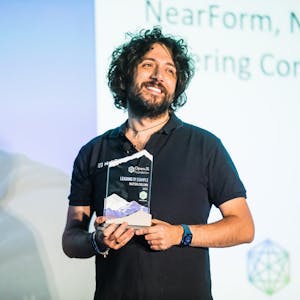Want to get familiar with the framework that took the top spot for most loved framework on the Stack Overflow developer survey in 2021?
Svelte is a super versatile framework with no virtual dom unlike React and Vue, it's a compiler that builds your projects into vanilla HTML, CSS and JavaScript.
This workshop will go over the basics of setting up with SvelteKit and querying data from a GraphQL API and using that data in SvelteKit to retrieve data for use in the client (browser).
Key learnings:
How to use SvelteKit to build a simple project retrieve data from a GraphQL API and display it in the client. Many of the core concepts of Svelte and SvelteKit will be covered in this workshop.
This workshop has been presented at JSNation 2022, check out the latest edition of this JavaScript Conference.















Comments